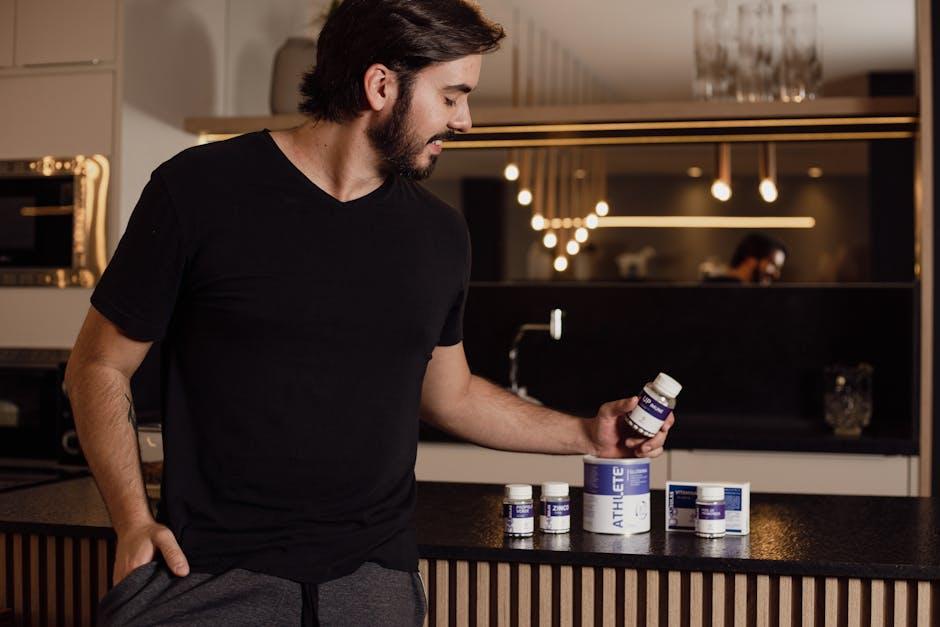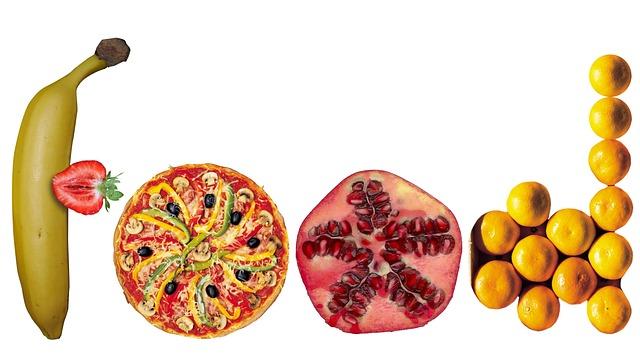In the bustling aisles of the grocery store, where vibrant packages vie for our attention, lies a secret code that can unlock a world of healthier choices: the nutrition label. These small rectangles of information, often overlooked, hold the key to understanding what truly nourishes our bodies. But how do we decipher them amid the myriad of marketing claims and flashy designs? In this article, we’ll embark on a journey to demystify nutrition labels, empowering you to make informed decisions that align with your health goals. Whether you’re a seasoned label-reader or a curious beginner, let’s unravel the mysteries of these labels and transform your shopping experience into a savvy pursuit of wellness.
Decoding the Basics of Nutrition Labels
Understanding nutrition labels can transform your grocery shopping experience, empowering you to make healthier choices. Start by examining the serving size; it’s crucial to know that all the nutritional information provided is based on this amount. Next, look at the calories per serving. This number helps you gauge how much energy you’ll consume and compare it with your dietary needs.
Focus on key nutrients to limit or increase:
- Fats: Prioritize unsaturated fats and minimize saturated and trans fats.
- Sodium: Keep an eye on sodium levels to maintain heart health.
- Sugars: Watch out for added sugars, which can sneak into many processed foods.
- Fiber and Protein: These are essential for feeling full and maintaining energy levels throughout the day.
Don’t forget to check the % Daily Value (%DV). This figure indicates how much a nutrient in a serving contributes to a daily diet. A %DV of 5% or less is considered low, while 20% or more is high. Use these insights to select foods that align with your nutritional goals.

Understanding Serving Sizes and Daily Values
When diving into the world of nutrition labels, two key elements to focus on are serving sizes and daily values. Serving sizes are standardized measurements that help you understand how much of a product you should consume at once. It’s crucial to note that these are often much smaller than we might expect. Always check the serving size at the top of the label to gauge how many servings are in the package and adjust your intake accordingly.
Daily values (%DV) are percentages based on a typical 2,000-calorie diet, offering a quick snapshot of how much of each nutrient is in a serving. Here’s how to interpret them:
- 5% DV or less: This indicates a low amount of a nutrient. Useful for nutrients you might want to limit, like saturated fats or sodium.
- 20% DV or more: This signifies a high amount, beneficial for nutrients like fiber, vitamins, and minerals.
By mastering these concepts, you can make informed decisions that align with your dietary goals and contribute to a balanced diet.

Spotting Hidden Sugars and Unhealthy Fats
In the quest to make smarter choices, it’s essential to identify hidden sugars and unhealthy fats lurking in seemingly healthy foods. Nutrition labels can be your best ally. When scanning labels, look for terms like sucrose, fructose, corn syrup, and maltose—all of which indicate added sugars. Even products labeled as “natural” or “organic” can harbor these sweet culprits. Aim to keep sugars low, ideally below 10% of your daily caloric intake.
- Check the Ingredients: Ingredients are listed by weight. If sugars or unhealthy fats appear near the top, it’s a red flag.
- Beware of Trans Fats: Even if a product claims ”0 grams trans fat,” it can still contain up to 0.5 grams per serving. Look for partially hydrogenated oils in the ingredients list.
- Watch for Saturated Fats: Common in processed foods, these fats can increase bad cholesterol levels. Opt for products with more unsaturated fats like olive oil or avocado.
By mastering the art of reading labels, you empower yourself to make informed decisions, paving the way for a healthier lifestyle.

Choosing Nutrient-Dense Foods for Optimal Health
When navigating the grocery aisles, it’s essential to focus on foods that pack a nutritional punch. Look for products that are rich in vitamins, minerals, and other beneficial compounds. Prioritize items with short ingredient lists featuring whole foods you recognize. Here’s a quick guide to help you make more informed choices:
- Check the Serving Size: Always start by understanding the serving size, as it influences all the nutritional information.
- Scan for Key Nutrients: Aim for higher percentages of dietary fiber, vitamins, and minerals. These nutrients are crucial for maintaining energy and supporting bodily functions.
- Watch Out for Added Sugars: Foods with high added sugar content can be detrimental to your health. Opt for natural sweetness from fruits or unsweetened products.
- Evaluate the Fats: Look for products with healthy fats like those from nuts, seeds, and avocados. Minimize trans fats and saturated fats.
- Sodium Awareness: Choose items with lower sodium levels to help maintain heart health and reduce the risk of hypertension.
By focusing on these elements, you can ensure your cart is filled with nutrient-dense options that contribute to a balanced diet and optimal health.





